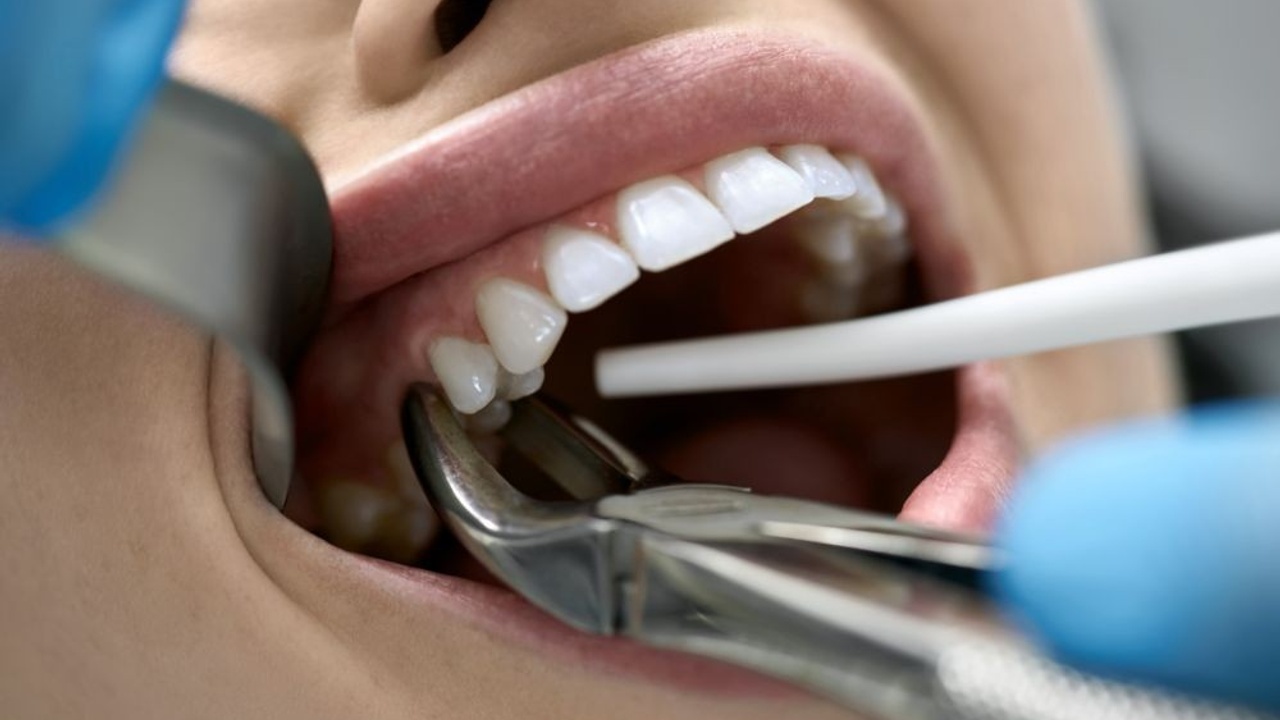Tips for Avoiding Complications During Tooth Extractions

Most dentists will perform quite a large number of tooth extractions throughout their career, but that doesn’t mean that you should start to underestimate how difficult they can be. No matter your level of experience with extractions, they are still delicate procedures requiring serious concentration and finesse. You can use these tips for avoiding complications during tooth extractions to ensure your patient’s recovery is as smooth as possible.
Have Confidence When Performing the Procedure
Understanding the procedure on a technical level is all well and good, but it’s no substitute for the confidence you get when you really feel like you know what you’re doing. Confidence is built over time and through experience. Dentists usually learn about tooth extraction but may not get adequate experience through their basic education. Surgical extraction CE courses, like the ones from Simply Implants Institute, are your best bet for gaining experience and confidence quickly.
Here, at Simply Implants Institute, you will get experience in surgical extractions along with bone grafting. From our perspective, this is what makes our institute unique. We do not separate dental extractions from bone grafting. That’s like teaching a kid how to make hamburgers and then eating the burger without the bun.
Additionally, we offer in-person training on the use of a piezoelectric machine. The piezo, for short, helps to make any difficult extractions, such as complete tooth and fractured root removals, much easier. These in-person trainings also allow our doctors to practice these dental extraction techniques on live patients. We have found these trainings to be the best way to educate our doctors on dental extraction and oral surgical techniques.
Always Double Check for Complete Tooth Removal
Depending on the patient’s health and jaw structure, it’s possible for teeth to break or shatter during extraction. This adds an extra layer of complication to what should be a fairly simple procedure. If you determine that you can safely remove every part of the fractured tooth, it’s always worth double-checking that you’ve removed everything. Bits of teeth left behind can cause serious complications later on.
Also, always make sure you take a PA x-ray once the tooth is removed. Doing so will guarantee that you have completely removed the entire tooth. We cannot say how many times we’ve seen root remnants once new patients have had a complete FMX exam.
Be Aware of All Nearby Nerves
Tooth extractions present some amount of risk when it comes to touching or damaging nearby nerves. You’re exposing a lot of sensitive tissue during the procedure, and you can hit adjacent nerves when performing the extraction. A crucial tip for avoiding complications during tooth extraction is to be extremely familiar with where the closest nerves are in relation to the tooth. For lower teeth, one of the key nerves to avoid is the inferior alveolar nerve which often runs very close to a patient’s wisdom teeth.
Additionally, be aware of the mental nerve around the lower bicuspids. The location of the mental nerve foramen can become an issue if the bicuspid tooth root breaks at the apex during an extraction.
Never Neglect Proper Sanitation
The importance of sanitation is drilled into every dental professional from the very first day they begin their education. With tooth extractions, it’s even more important. Tooth extractions expose extremely sensitive tissue to conditions they rarely see, which could also introduce a variety of foreign bodies that can lead to infection. If you don’t want to see your patient come back in with a leaking and infected extraction site, never neglect your sanitation procedures while extracting teeth.
Some of these tips might seem obvious to an experienced dentist, but they’re worth repeating because they are important to your patient’s well-being. With enough practice, any dentist can feel extremely comfortable performing extractions many times over.
